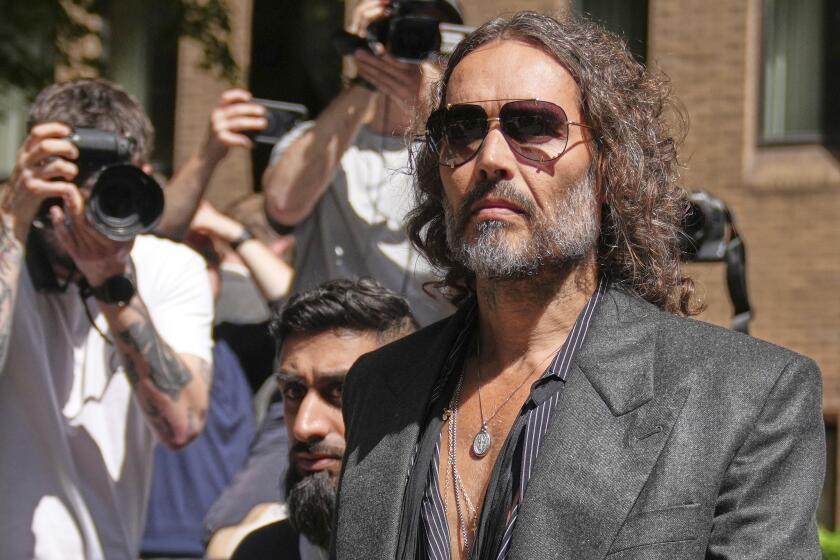Coppola’s ‘The Conversation’ at 50, plus more of the week’s best movies in L.A.
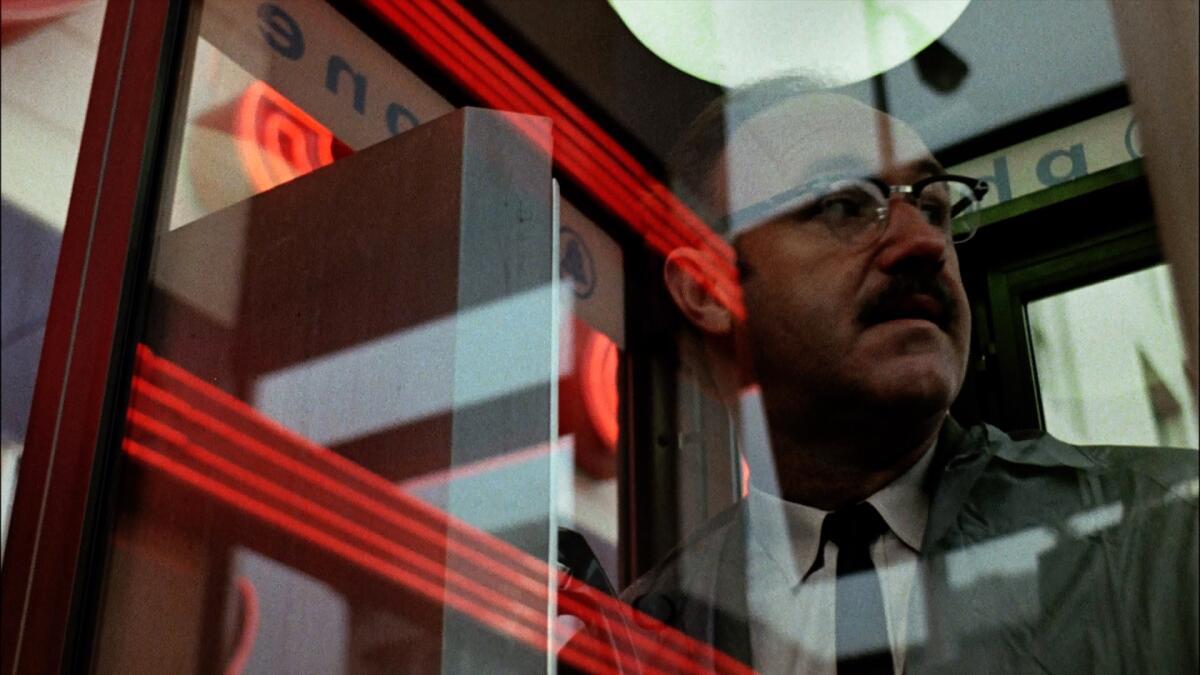
- Share via
Hello! I’m Mark Olsen. Welcome to another edition of your regular field guide to a world of Only Good Movies.
Arguably the biggest news of the week came from an interview in the British film magazine Sight and Sound that director David Lynch has been diagnosed with emphysema and it has curtailed his ability to circulate in the world. “I’m homebound, whether I like it or not,” he said.
Maker of such bracingly singular films as “Blue Velvet,” “Wild at Heart,” “Lost Highway” and “Mulholland Drive,” Lynch received an honorary Academy Award in 2010. His last feature film was 2006’s “Inland Empire,” but in 2017 he released the 18-episode series of “Twin Peaks: The Return.”
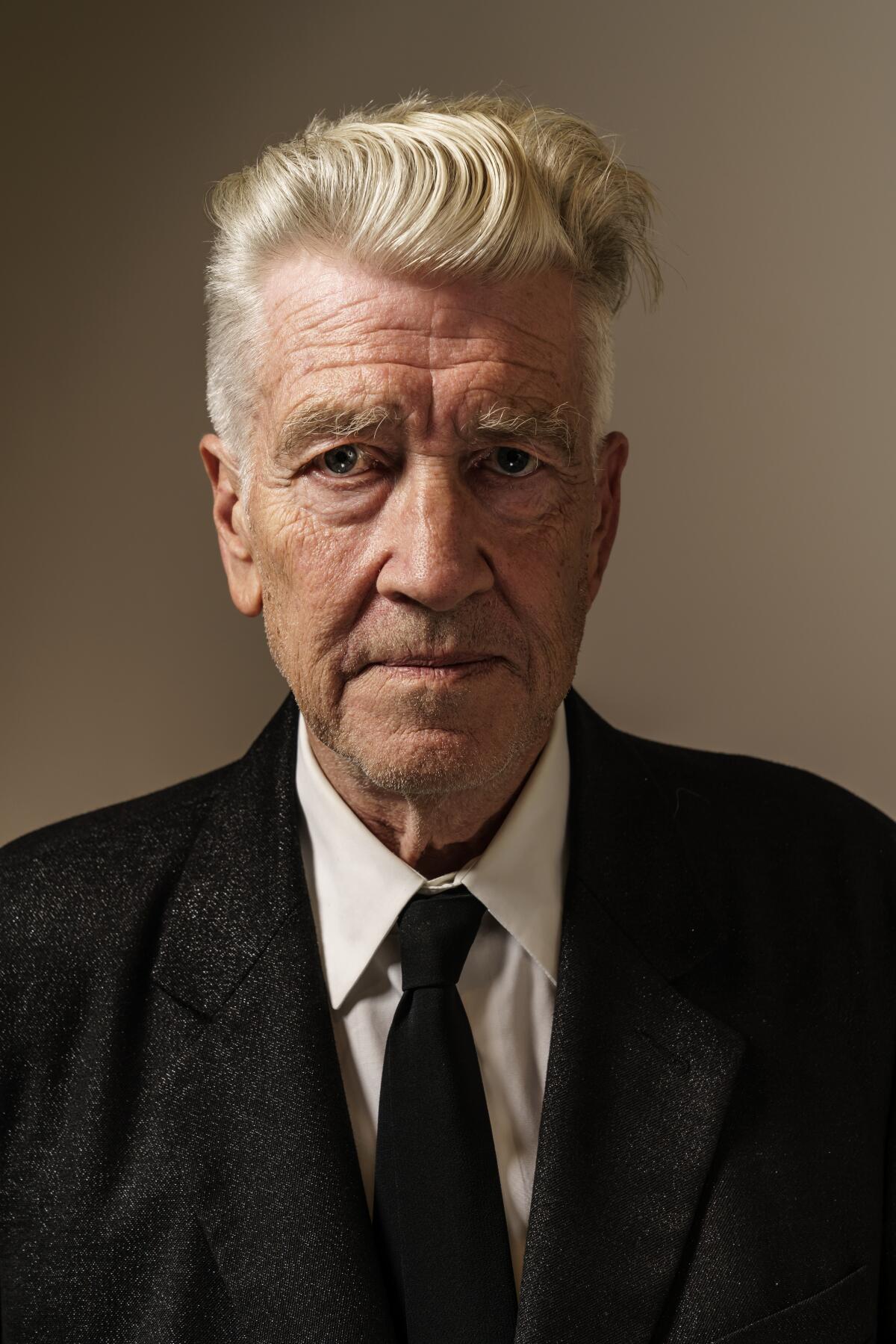
Via social media, the 78-year-old Lynch said he quit smoking two years ago, adding, “I have to say that I enjoyed smoking very much, and I do love tobacco — the smell of it, lighting cigarettes on fire, smoking them — but there is a price to pay for this enjoyment, and the price for me is emphysema.”
Lynch continued, “Recently I had many tests and the good news is that I am in excellent shape except for emphysema. I am filled with happiness, and I will never retire.”
50 years of ‘The Conversation’
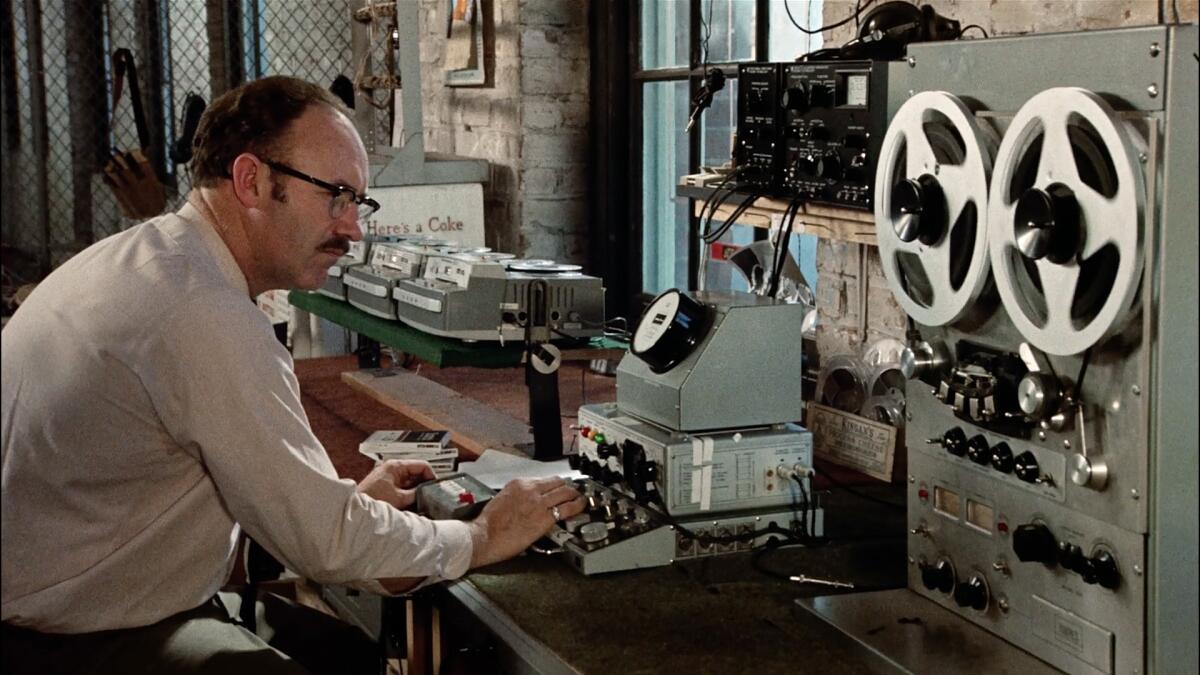
In celebration of its 50th anniversary, Francis Ford Coppola’s “The Conversation” is being re-released in a new 4K restoration from the original camera negative. While Coppola has tinkered with and reconfigured many of his films for re-release, “The Conversation” has remained unchanged. In the press notes for the new restoration, Coppola calls it “a film I have always been proud of, I’ve never felt the need to improve.”
The story follows a San Francisco audio surveillance expert, Harry Caul (Gene Hackman), who becomes obsessed with a taped conversation that reveals itself to contain much more information than it does on first listen. As Caul finds himself drawn deeper into a web of intrigue and paranoia, he loses all sense of who he is and the strict professional boundaries he has set for himself. The cast also includes Harrison Ford, Teri Garr, John Cazale, Frederic Forrest, Cindy Williams and Allen Garfield.
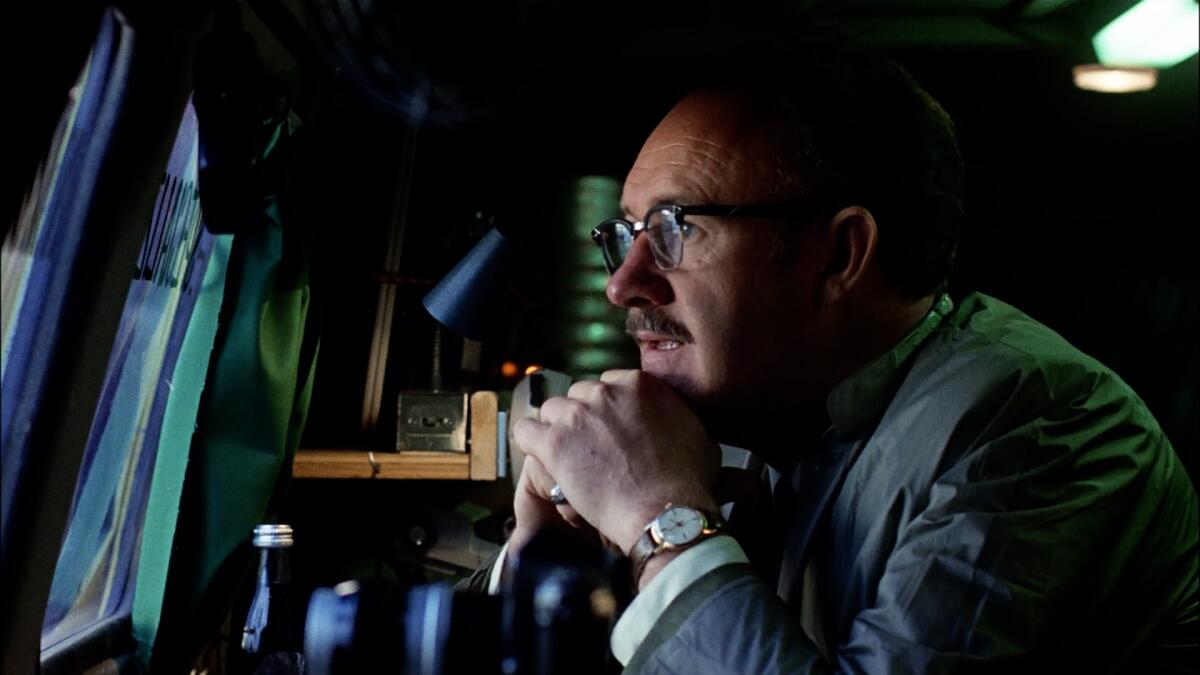
“The Conversation” won the Palme d’Or at the Cannes Film Festival. In what is still an astonishing achievement, two of Coppola’s movies — both “The Conversation” and “The Godfather Part II” — were nominated for best picture at that year’s Oscars. “The Godfather Part II” won, while Coppola was also nominated for original screenplay for “The Conversation” and won adapted screenplay and director for “The Godfather Part II.” (“The Conversation” was also nominated for sound for Coppola’s frequent collaborator, Walter Murch.)
As luck would have it, “The Godfather Part II” is showing in a rare I.B. Technicolor 35mm print at the New Beverly on Saturday afternoon, so it’s possible to spend the day taking in the breadth of Coppola’s 1974 output.
In his original Times review from 1974, Charles Champlin wrote, “‘The Conversation’ is a movie which seems to me to work at every level: As a message picture dramatizing the nightmare possibilities of privacy breached; as an intricate and suspenseful plot; as a engrossing character study of a moan become captive of his own dark skills; as a social document fascinatingly detailed in its look at the techniques of electronic eavesdropping. From Harry’s loft laboratory to his girl’s basement apartment, the San Francisco milieu is exactly caught.”
Appreciating the film for The Times in 2022, Kenneth Turan wrote, “Harry may use reel-to-reel tape, but it is finally in its portrayal of a world where everyone is listening all the time that ‘The Conversation’ truly feels both timeless and of the moment. The consequences of that world for the surveillant as well as the surveilled is a lesson for this day and age for sure.”
NoBudge brings indie ethos to L.A.
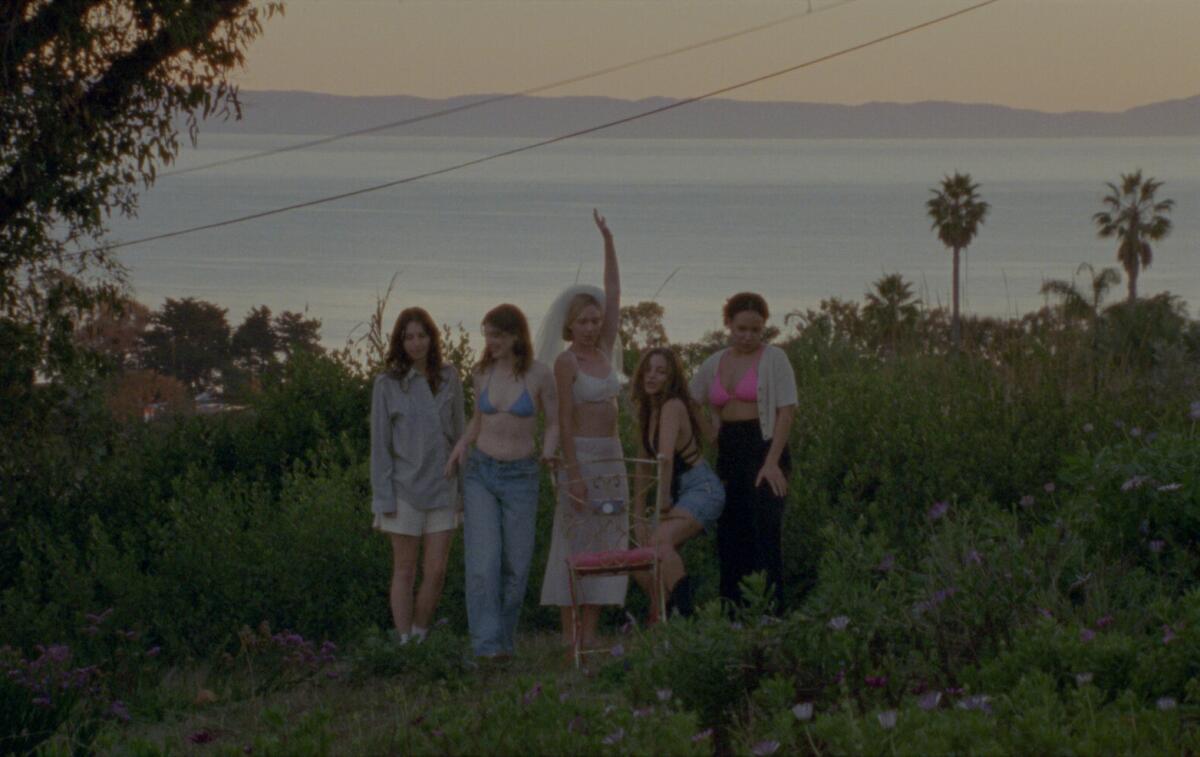
The online streaming platform NoBudge will have its first in-person event in Los Angeles on Sunday and Monday at the Look Dine-In Cinema in Glendale. The short-film programs will be different both nights, screening a total of 18 films, all from L.A. filmmakers, half of them L.A. premieres.
Spotlighting low-budget independent filmmaking, NoBudge was founded in 2011 by actor and filmmaker Kentucker Audley, who has co-directed and starred in films such as “Strawberry Mansion” and “Sylvio” and appeared as an actor in movies including “She Dies Tomorrow,” “Her Smell” and “It Happened in L.A.” In a phone interview this week, the New York-based Audley said he first intended the site as a home for feature films but eventually shifted to largely programming shorts.
“Most people don’t take short films very seriously,” said Audley. “And I think there’s good reason to have them be part of the conversation, particularly if you’re interested in young filmmakers and you’re interested in emerging voices. That’s kind of the spot where you first emerge. Making short films first before you jump into features, I think, really informs filmmakers’ voice and the clarity of their vision.”
Among the offerings in the L.A. program will be “Ladies,” written and directed by Allison Bunce, “Pizza Party,” directed by Gabe Ross-Reich and Eli Leonard, and “Deepfake Apology Video,” directed by Brooke Bundy and Jerzy Rose.
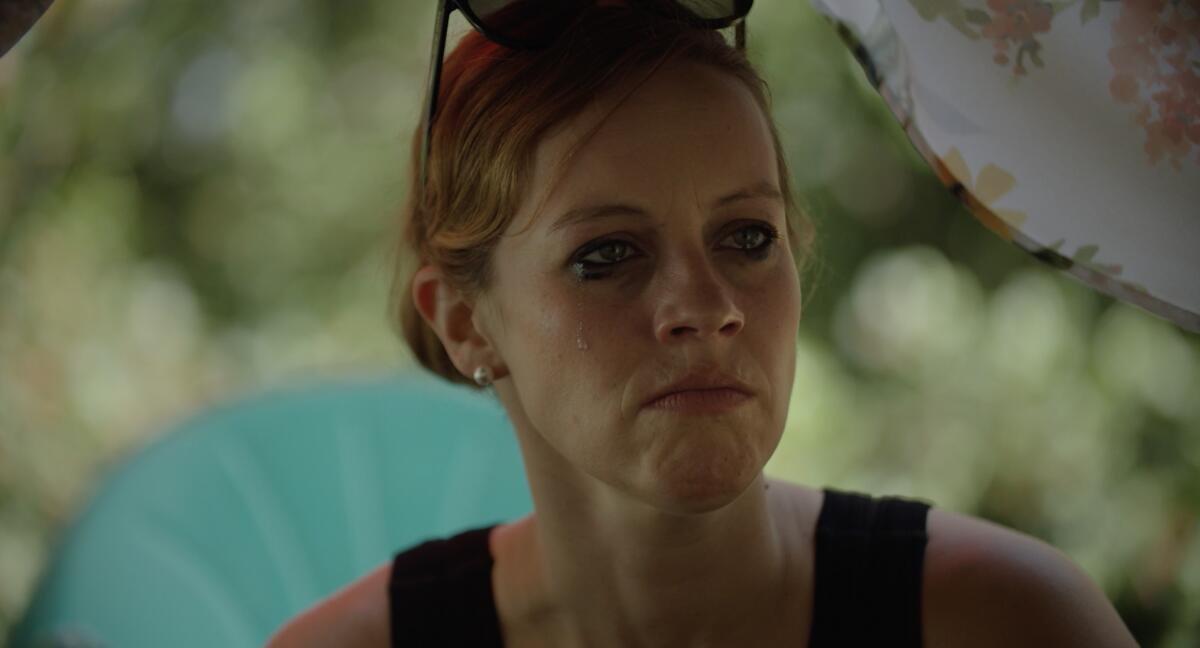
Those who have had their work appear at other NoBudge events are Samy Burch and Alex Mechanik (recent Oscar nominees for the screenplay to Todd Haynes’ “May December”), as well as Shaka King, Dasha Nekrasova, Lance Oppenheim, Charlotte Wells, Joanna Arnow, Andrew DeYoung and India Donaldson. Actors Kate Berlant, Timothée Chalamet, Rachel Sennott and Zazie Beetz have all starred in films that appeared on the site.
The name NoBudge may most obviously be an abbreviation for “no budget,” but it also means not budging from an independent mindset and celebrating the creative freedom that comes from a lack of conventional resources.
“That’s this double meaning that goes unrecognized a lot of times,” said Audley. “A lot of times people just instantly think it’s about the money. And it is that, of course. But it is also highly about the ethos and it’s highly about the attitude of coming at filmmaking from an uncompromising place, creatively.”
Points of interest
‘Beyond the Valley of the Dolls’ in 35mm
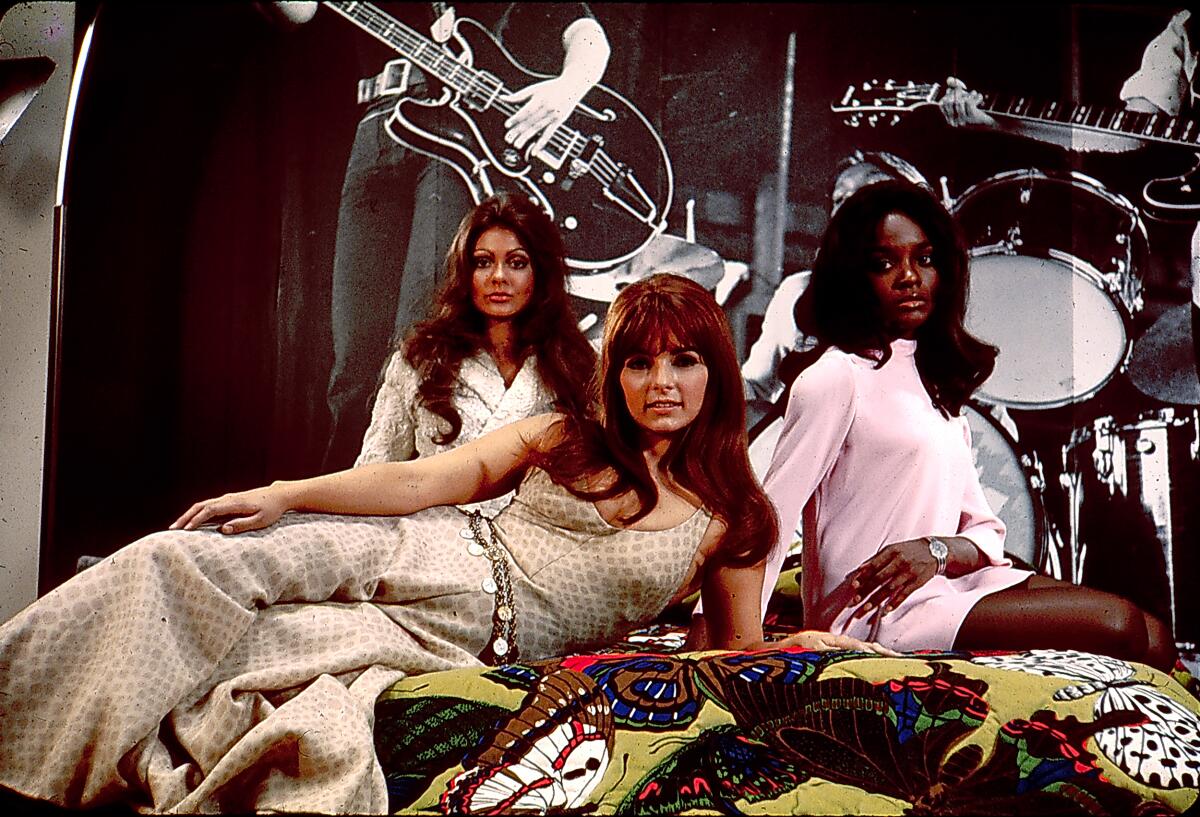
The Academy Museum will screen Russ Meyer’s notoriously demented 1970 “Beyond the Valley of the Dolls,” with a screenplay by future film critic Roger Ebert, on 35mm tonight. Introducing the film will be one of its stars, John LaZar, who, as the satyr-like music producer Z-Man, exclaims the film’s most famous line: “This is my happening and it freaks me out!”
It’s the kind of movie where trying to describe the story is beside the point. Nevertheless, it is about three young woman in a rock band who dive headlong into a Hollywood world of decadence and depravity.
In a startlingly short and dismissive review at the time, Charles Champlin wrote, “The crisis in Hollywood, begat by costly executive miscalculations, begets new miscalculations which may not prove as costly in dollars but may prove costly, anyway. Fox, trying desperately to keep afloat, turned to pioneer sex profiteer Russ Meyer for ‘Beyond the Valley of the Dolls,’ which appropriately is not a sequel but a cheap hitchhike on the title. … It is a grievously sick mélange of hypermammalian girls, obvious double-entendres and sadistic violence.”
Champlin concluded, “There is a widely held view that success at any price justifies any price. I reject the view. No success is worth the damage inflicted on the human spirit by this garbage.”
Joe Dante’s ‘Innerspace’
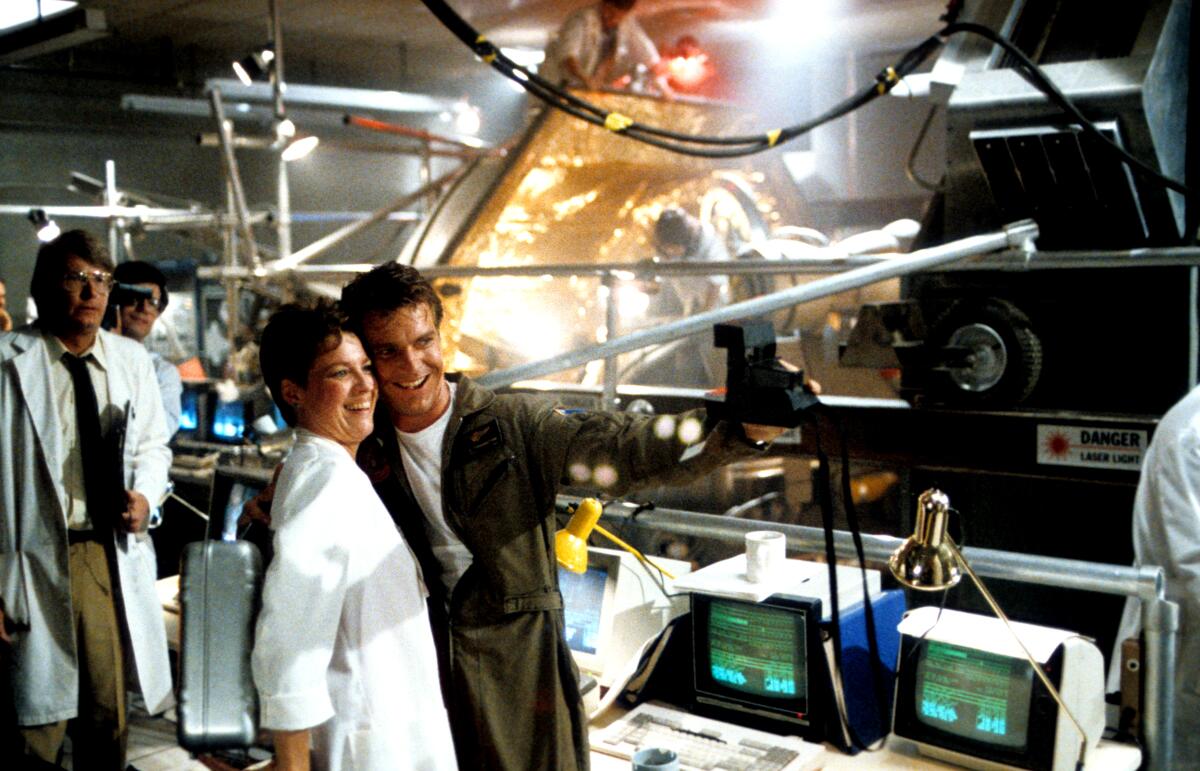
Joe Dante is a filmmaker who is far too easy to overlook. One of the core graduates of Roger Corman’s inadvertent film school, in which talented young filmmakers were allowed to learn on the job, Dante often captures a madcap, unpredictable energy that is thrilling to sign on for. The director himself will be at Vidiots on Saturday for a screening of his 1987 film “Innerspace.”
In it, Dennis Quaid plays a test pilot who is participating in a specialized miniaturization project and finds himself accidentally injected into a hypochondriac played by Martin Short. Meg Ryan also appears as Quaid’s journalist girlfriend who finds herself unknowingly attracted to Short.
In Sheila Benson’s original Times review she wrote, “Dante isn’t one for serene vistas or uncluttered action; he has almost a cartoonist’s-eye view of life and he drops in little affectionate homages to old movies at every turn. … At two hours, ‘Innerspace’ is certainly crammed with action, but it’s one of the rare Spielberg-touched productions that doesn’t suffer from numbing Gargantuanism (maybe it’s the miniaturization theme). Although crammed with technical wonders — Short’s rubber face maneuver, the balancing car-chase sequence, the inner-body scenes, the half-pint master villains — it remains adroit and affectionate, its human touch around to the very end.”
‘L.A. Story’ in 35mm
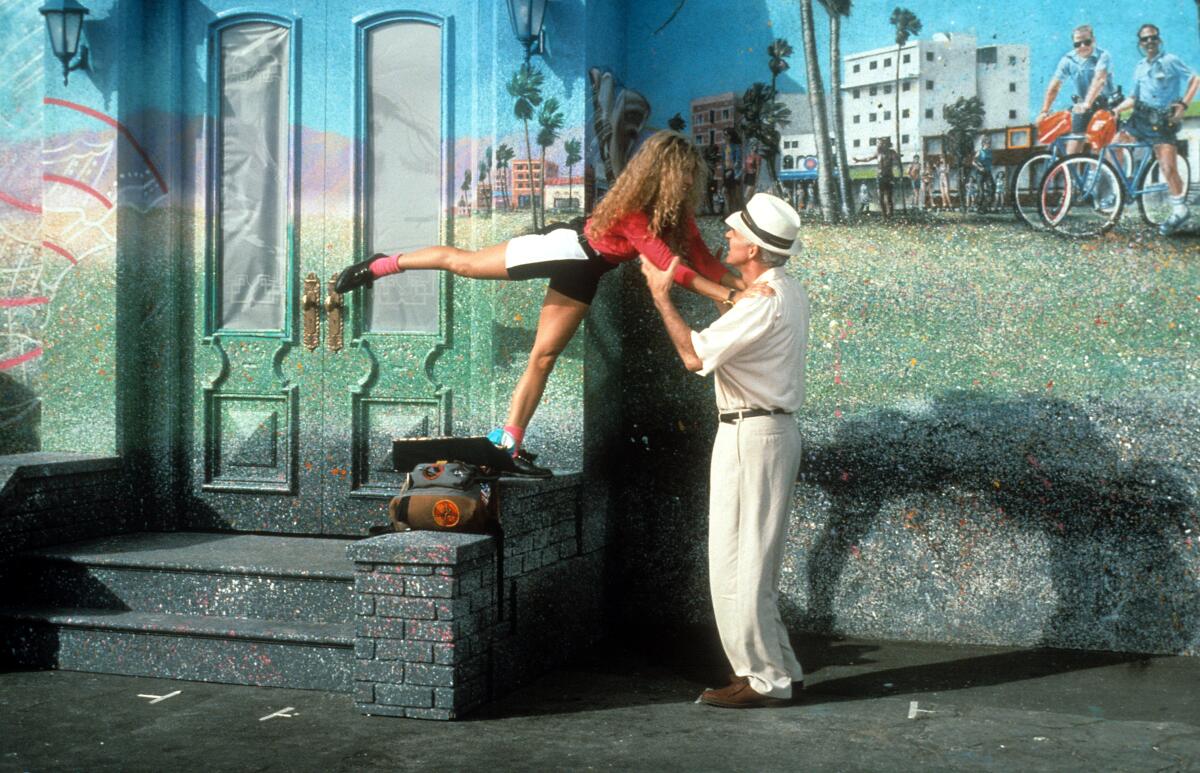
Tonight Vidiots will be showing Mick Jackson’s 1991 “L.A. Story,” with a screenplay by Steve Martin, on 35mm. As the title suggests, the film is an affectionate and knowing tribute to Los Angeles, with Martin playing a local TV weatherman who is unlucky in love.
In an interview for the film’s 30th anniversary in 2021 with Brian Tallerico, Martin spoke about the film’s tone when he said, “I think, at heart, I am extremely sentimental. Hopefully, that’s a good thing. And romance has always meant a lot — the magic of romance. L.A. was not really that romantic to me, but over time I understood that it has these secret locales — we even used them in the movie — these beautiful Moroccan courtyards in the middle of Hollywood. It’s a city of charm if you pick and choose where you go. The idea came when I’m driving down a freeway and I saw these freeway signs and thought, ‘What if it spoke to me?’ The city was helping me. The idea that they were all interconnected — not God-like, but guru-like — it inspired me to think romantically about the city.”
In his original Times review, critic Peter Rainer wrote, “‘L.A. Story’ has a completely original spirit. It’s wiggy yet deeply, helplessly romantic. It’s a movie about infatuation — with women, with Los Angeles, with comedy. Mick Jackson, the Britisher who directed from Martin’s script, offers up a whirligig of familiar L.A. locales, but they’re transformed by the filmmakers’ ardor. The imagery has a spin to it, as if we too were being enswooned by it all. … They are on the lookout to be enchanted. And it’s this ache for enchantment that unifies the film’s crazy-quilt of styles and moods. It’s a mystifyingly funny experience.”
Also in the news
Steve Martin turns down ‘SNL’
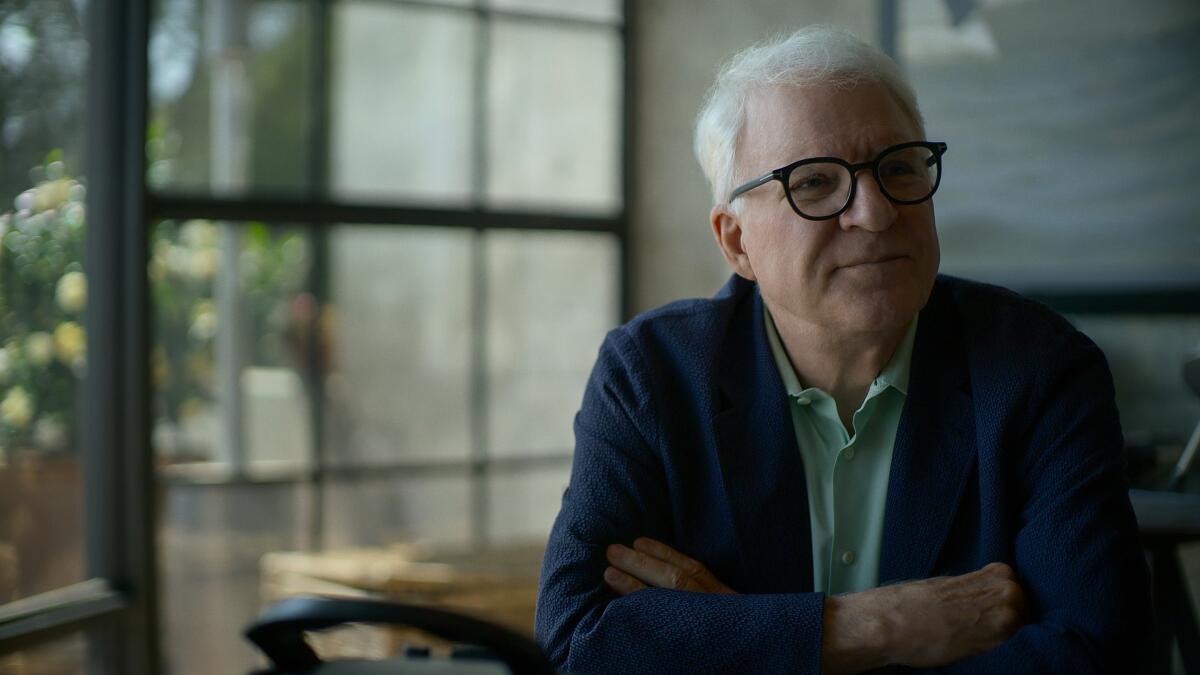
Speaking of Steve Martin, the star is currently Emmy-nominated for acting in “Only Murders in the Building” (as is co-star Martin Short). A new documentary about him, “Steve! (Martin): A Documentary in 2 Pieces,” received five nominations, so he got on the phone this week with our own Glenn Whipp.
There has been much online chatter recently that Martin should portray vice-presidential candidate Tim Walz on “Saturday Night Live” this season opposite Maya Rudolph as Vice President Kamala Harris, the Democratic nominee for president.
It just so happened Martin had just spoken to “SNL” producer Lorne Michaels earlier that day, who offered him the part of Walz. “I wanted to say no and, by the way, he wanted me to say no,” Martin told us. “I said, ‘Lorne, I’m not an impressionist. You need someone who can really nail the guy.’ I was picked because I have gray hair and glasses.”
The potential time commitment also made Martin reluctant to take on the part.
“It’s ongoing,” Martin said. “It’s not like you do it once and get applause and never do it again. Again, they need a real impressionist to do that. They’re going to find somebody really, really good. I’d be struggling.”
Free screening of ‘Between the Temples’
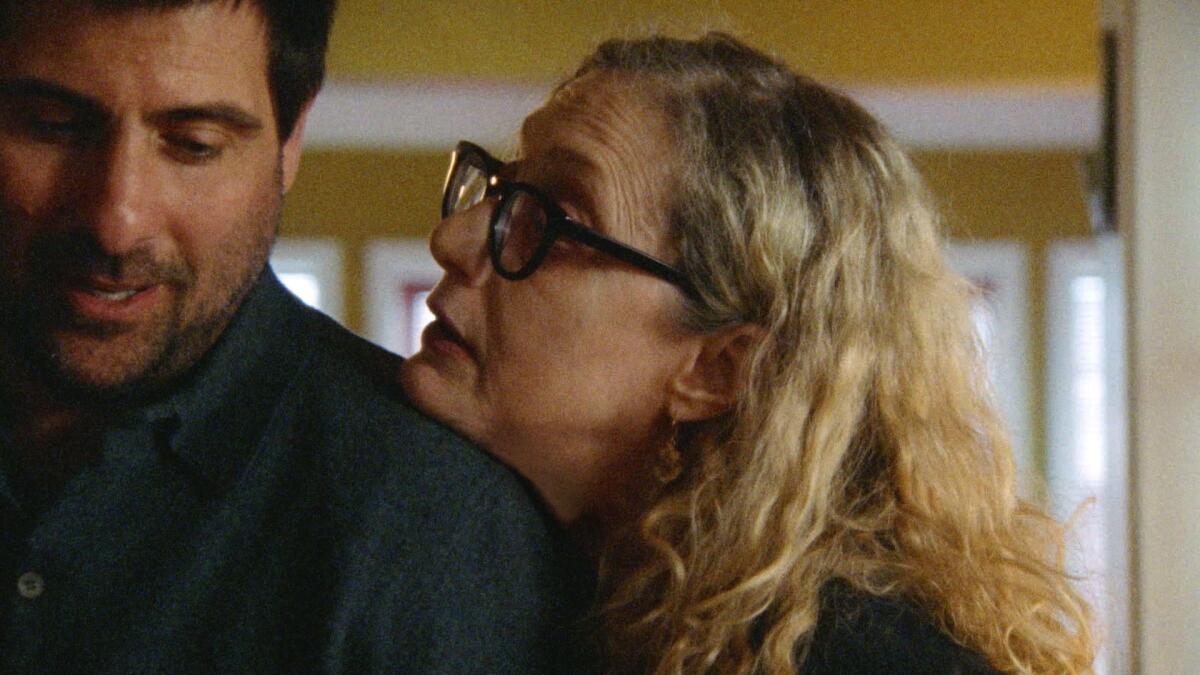
On Monday night we’ll have a free screening at the Landmark Theatres Sunset of the intergenerational romantic comedy “Between the Temples,” which premiered earlier this year at the Sundance Film Festival. After the movie I’ll moderate a Q&A with filmmaker Nathan Silver and stars Jason Schwartzman and Carol Kane. You can RSVP here.
Only good movies
Get the Indie Focus newsletter, Mark Olsen's weekly guide to the world of cinema.
You may occasionally receive promotional content from the Los Angeles Times.

